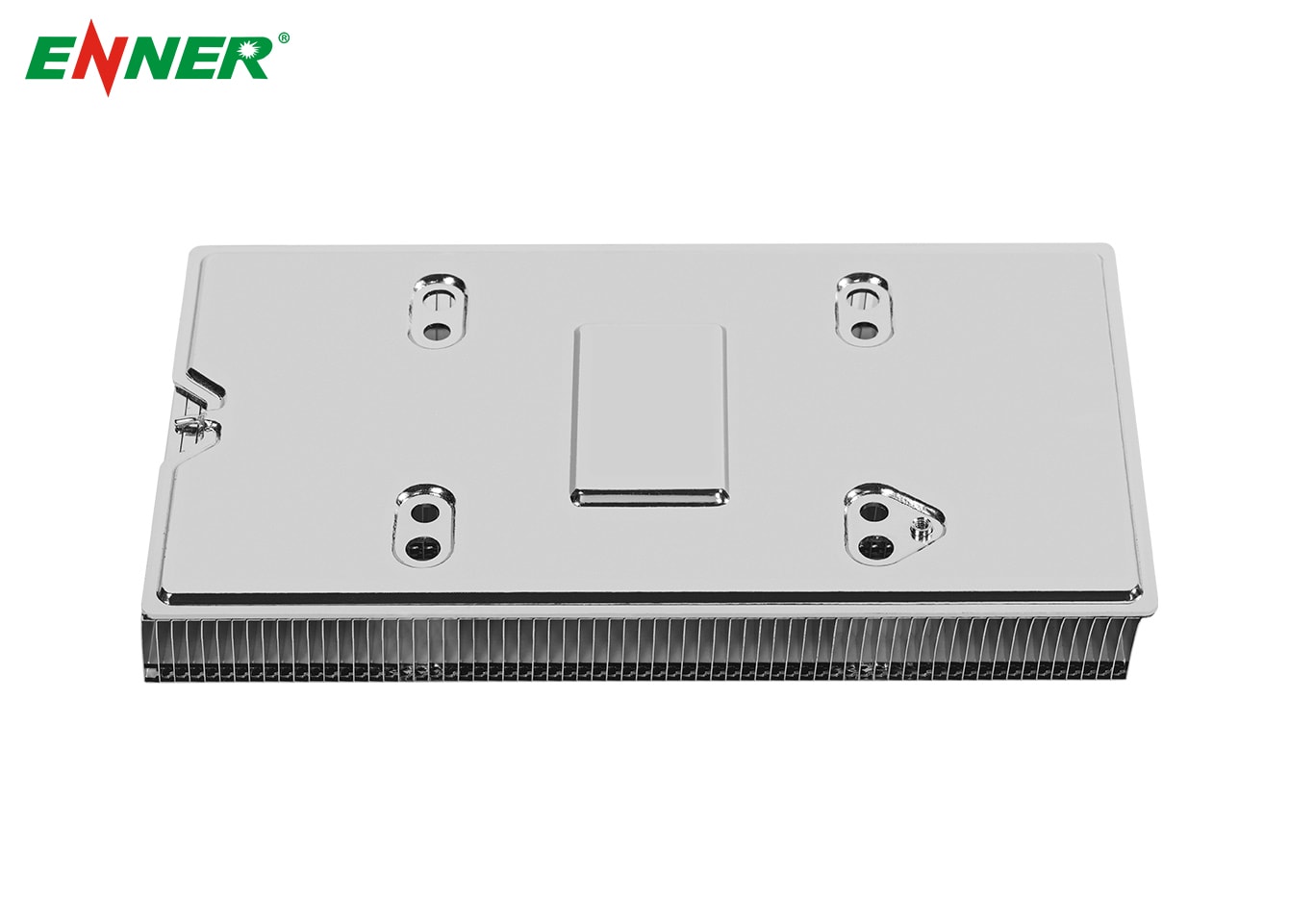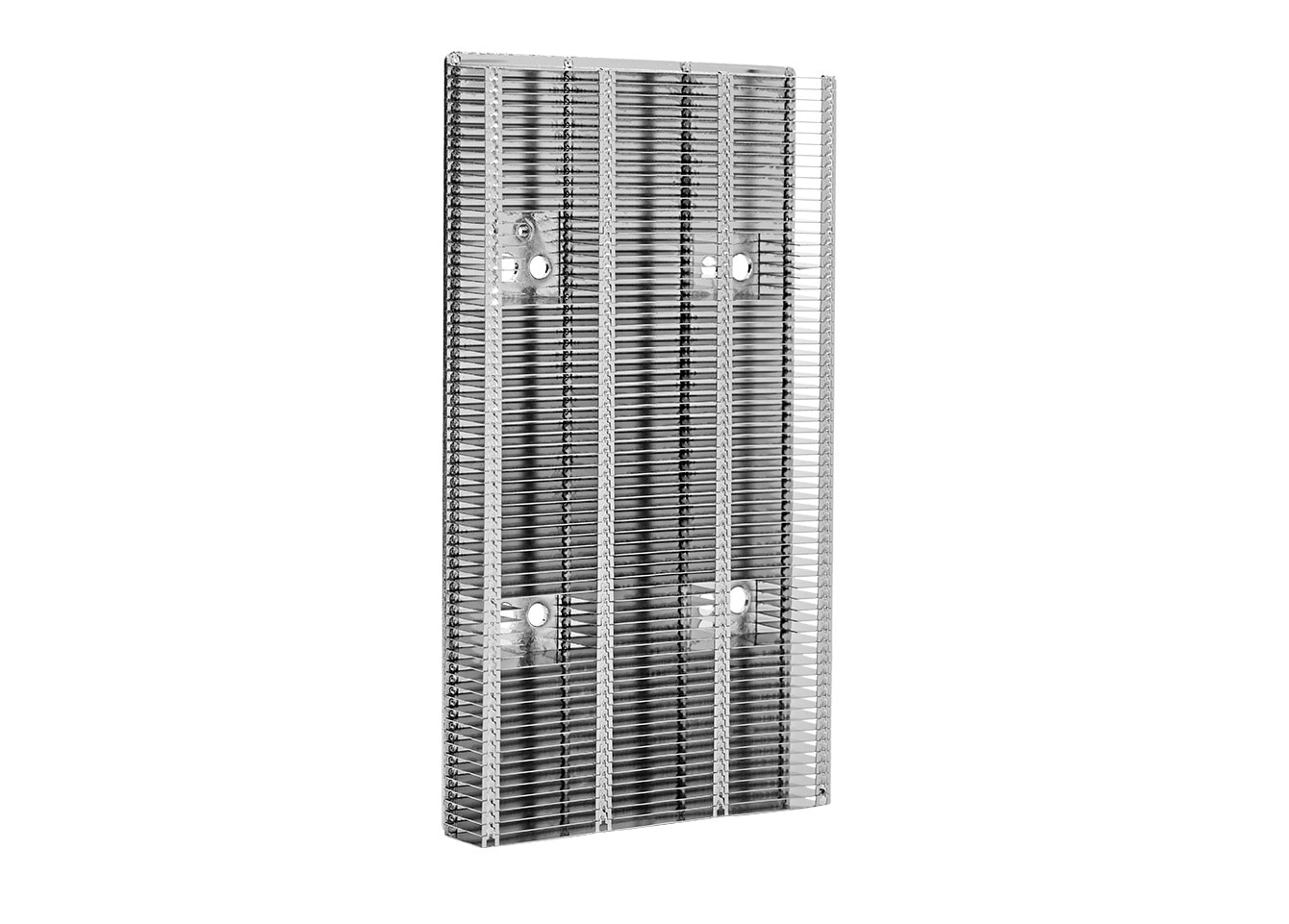News
Site Editor
 Site
/uploads/image/658e1b5398ef3.png
In high-power density or low-profile heat sink applications, traditional thermal solutions such as aluminum or copper heat sinks may be insufficient or too bulky to meet design objectives.
Site
/uploads/image/658e1b5398ef3.png
In high-power density or low-profile heat sink applications, traditional thermal solutions such as aluminum or copper heat sinks may be insufficient or too bulky to meet design objectives.
Design Considerations for Integrating Vapor Chambers in Cooling Systems
Views: 127
Author: Site Editor
Publish Time: 2025-03-19
Origin: Site
In high-power density or low-profile heat sink applications, traditional thermal solutions such as aluminum or copper heat sinks may be insufficient or too bulky to meet design objectives. When faced with these limitations, two-phase spreading devices like heat pipes and vapor chambers become the next logical choice. Vapor chambers, in particular, offer significant advantages due to their ability to provide direct contact with the heat source and uniform heat spreading in all directions. To fully leverage the benefits of vapor chambers in cooling systems, careful design considerations must be made.
Heat Sink Integration
The integration of vapor chambers into heat sinks is more straightforward than many engineers expect, and it often leads to enhanced thermal performance. There are several common integration methods:
-
Multi-Part Assembly – One prevalent approach involves combining three primary components: the vapor chamber, an aluminum frame for mechanical attachments, and a fin pack, typically made of aluminum. These elements are soldered together into a single assembly, ensuring efficient heat transfer.
-
Embedded Vapor Chambers – Another design integrates standard-sized vapor chambers into the base of an extruded heat sink, creating a more isothermal base to improve overall cooling efficiency.
-
Direct Fin Integration – In some applications, such as high-brightness LED (HBLED) cooling, vapor chambers can be integrated directly into the fin stack, enhancing heat dissipation without additional interfaces.
-
Low-Profile Adaptations – Variations of the above designs are commonly used in compact applications, where space constraints necessitate thinner and more efficient cooling solutions.

Thermal Resistance Considerations
A key question when designing a vapor chamber-based cooling solution is determining its effective thermal conductivity (W/m-K). Unlike traditional materials, vapor chambers do not exhibit a linear heat transfer behavior, making their thermal performance application-specific.
There are three primary resistances within a vapor chamber:
-
Evaporator Resistance – This represents the heat transfer efficiency at the interface between the heat source and the vapor chamber. At lower power densities (5-10 W/cm²), the resistance is around 0.1°C/W/cm². As power density increases, the resistance decreases until a performance limit is reached, which can extend beyond 200 W/cm² depending on the chamber’s design.
-
Vapor Transport Resistance – This relates to the movement of vapor within the chamber and is influenced by the chamber’s cross-sectional area and working fluid properties. Typically, this resistance is around 0.01°C/W/cm² for a water-based vapor chamber operating at standard electronics cooling temperatures.
-
Condensation Resistance – This is the resistance associated with the phase change from vapor back to liquid. It is generally much smaller compared to the evaporator and vapor transport resistances and has minimal impact on performance.

Performance Comparison with Traditional Solutions
Vapor chambers significantly enhance heat sink performance compared to conventional copper-based solutions. For instance:
-
In compact 1U heat sinks, where heat spreading is a priority over long-distance transport, vapor chambers exhibit effective thermal conductivities of 1000-1500 W/m-K, yielding a thermal improvement of 3°C to 4°C (approximately 10%) over a solid copper base.
-
In applications where heat must be transported over longer distances rather than just spread, vapor chambers can achieve effective thermal conductivities of 5000-10,000 W/m-K, significantly outperforming traditional materials.
-
These improvements allow designers to operate in higher ambient temperatures or reduce cooling system noise by lowering fan speeds while maintaining thermal performance.
Conclusion
Vapor chambers provide an efficient and practical solution for high-power, high-density cooling applications. By properly integrating them into heat sinks and understanding their unique thermal properties, designers can achieve significant performance gains—typically ranging from 10% to 30% compared to copper and heat pipe-based solutions. Additionally, vapor chambers offer weight advantages, making them an ideal choice for applications where both thermal performance and lightweight design are critical. As industries continue to demand more efficient thermal management solutions, vapor chambers will play an increasingly vital role in meeting these evolving challenges.

